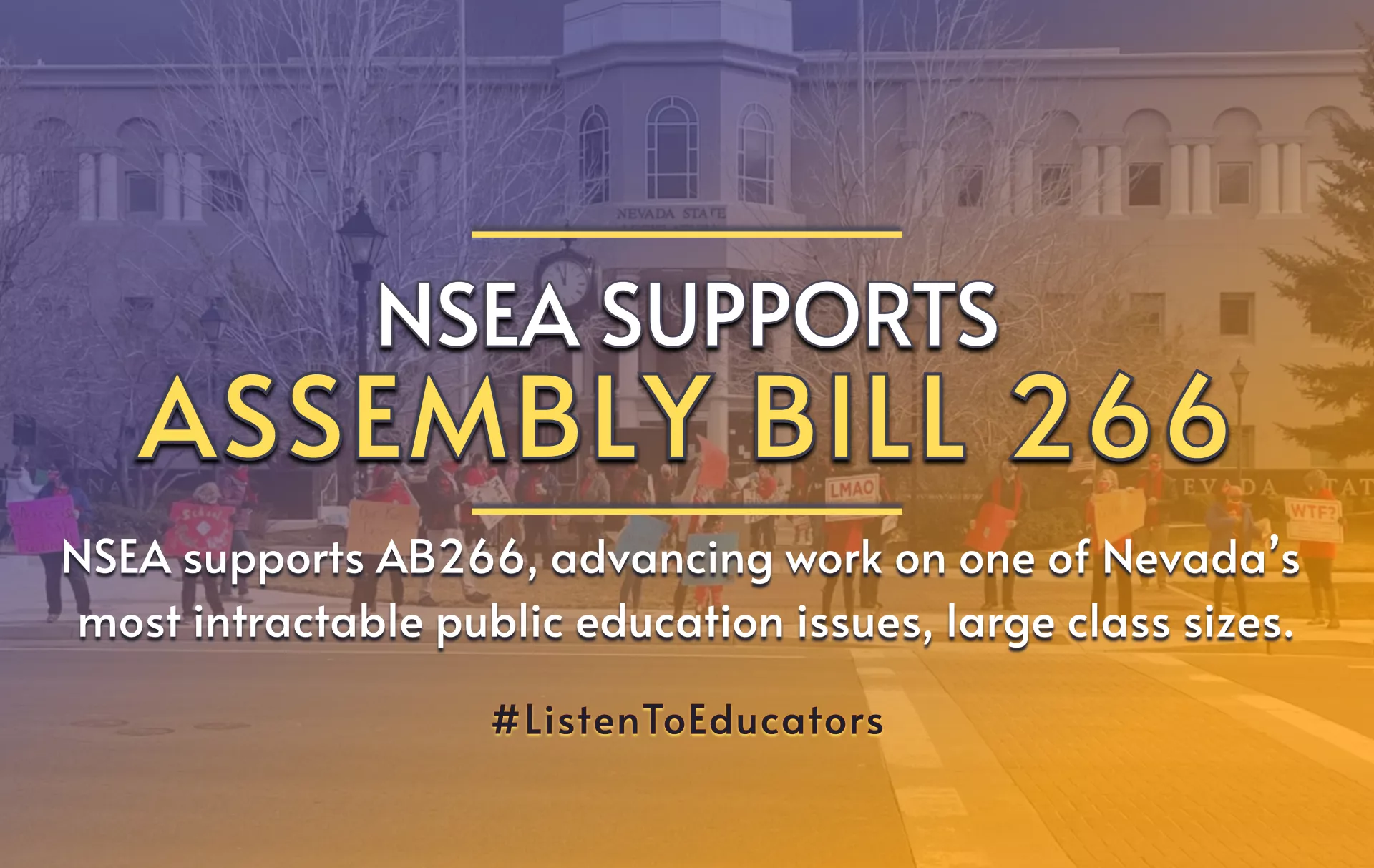Common sense tells us—and research confirms it—that the number of students in a class makes a real difference for students and teachers alike. The issue of large class sizes remains one of the most frustrating issues for Nevada educators, students, parents, and school communities. Nevada continues to have the largest student-to-teacher ratio in the country. While rapid growth fueled the problem in previous decades, the lack of sufficient funding for school districts is the main reason Nevada ranks dead last in the country.
Meanwhile, we know smaller class size has real benefits. For students, smaller class size can help close the racial achievement gap, lead to earlier identification of learning disabilities, improve high school graduation rates, improve student behavior, and allow for more engagement in lessons. For educators, smaller class size improves educator morale as it allows for more individual and differentiated instruction, less time on paperwork, and stronger classroom management as teachers become more aware of individual students’ strengths or weaknesses.
NSEA supported AB304 last session requiring recommendations for teacher-pupil ratios. AB266 will ensure a count that more accurately reflects the realities of Nevada’s classrooms. AB266 moves Nevada toward actively addressing overcrowded classrooms by requiring school boards to determine the number of job vacancies based on how many teachers are needed in order to achieve the recommended ratio of pupils per licensed teacher.
Finally, NSEA has also long been engaged in ensuring teacher evaluations are fair measures of a teacher’s performance. Teachers with overcrowded classrooms have a disadvantage in their evaluations, through no fault of their own. The double whammy of overcrowded class sizes, combined with punitive evaluation measures is too much for many educators who instead opt to leave the profession. Providing a legislative fix to this issue is not just a matter of fairness but it also would help address the issue of teacher retention.
